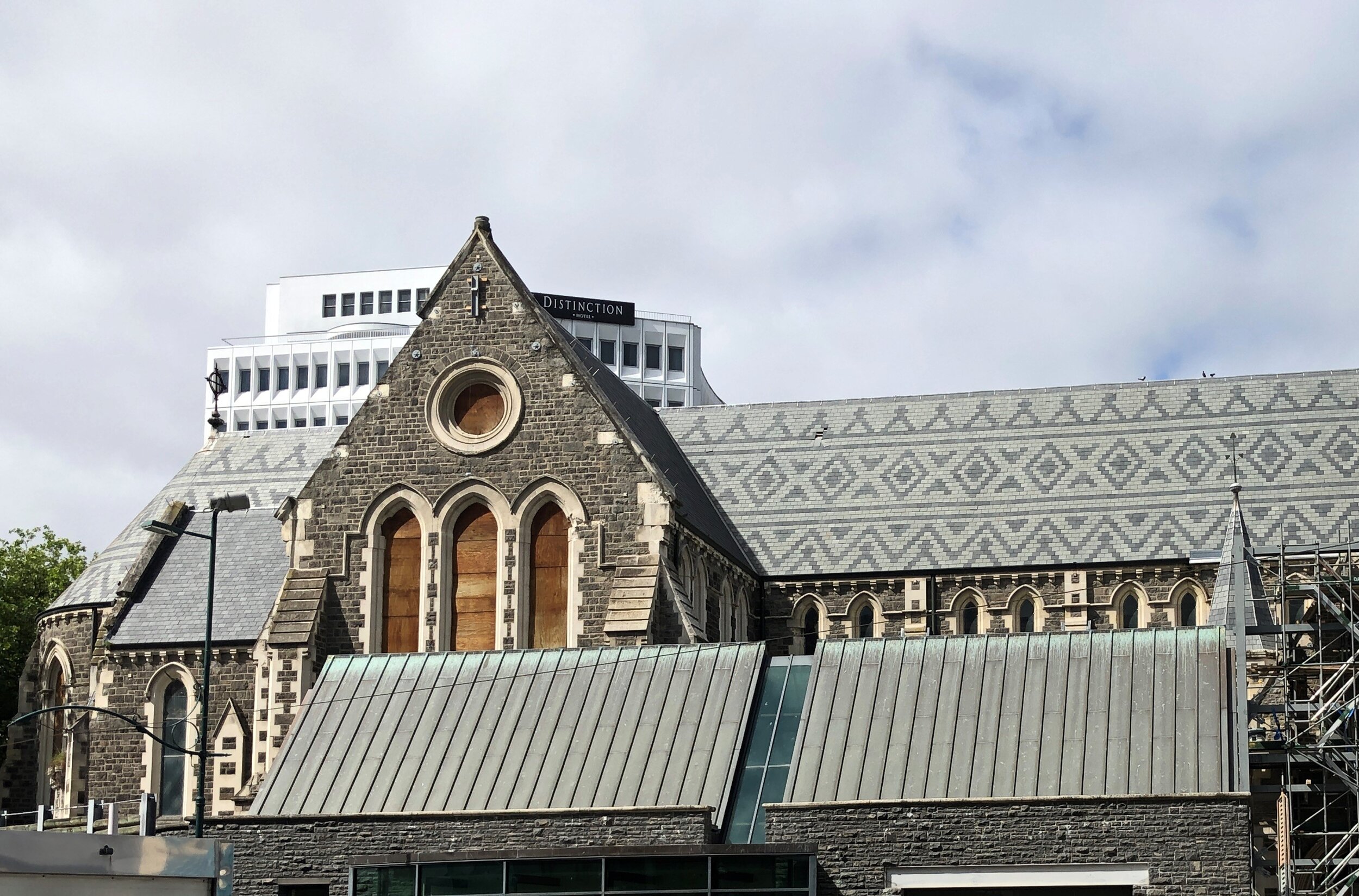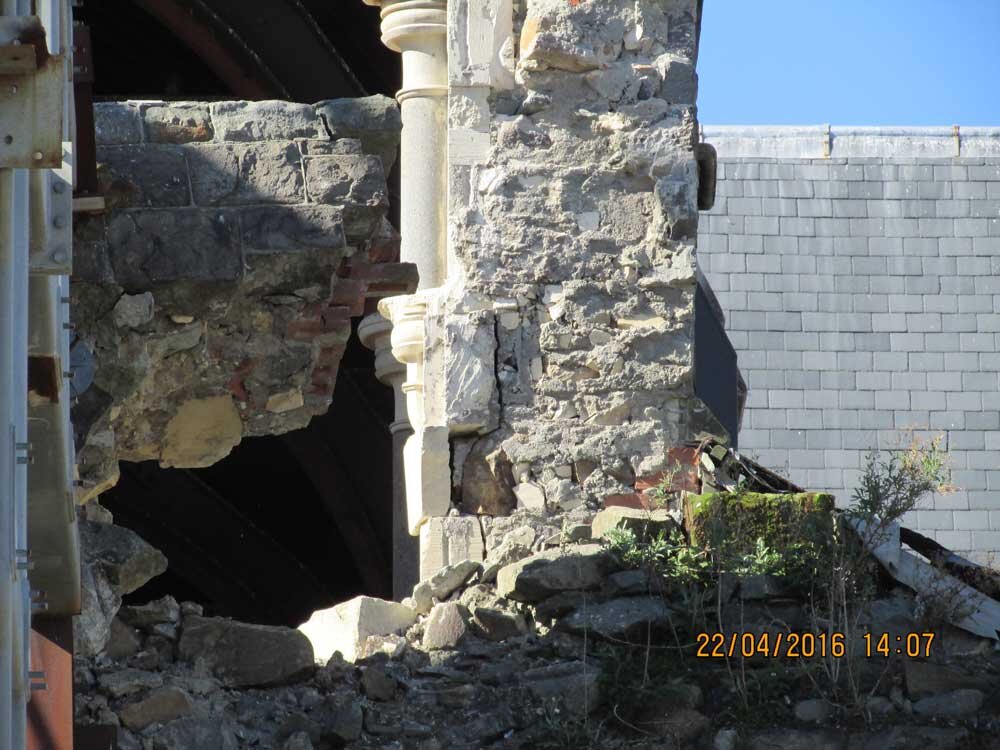The Christchurch earthquake and subsequent changes to how earthquake-prone buildings are managed in New Zealand
What lessons did we learn?
It’s nine years since the devastating 6.3 magnitude earthquake rocked Christchurch. The quake killed 185 people and caused widespread damage. On February 22, 2020, victim’s lives were remembered at a memorial service, along with the efforts of first responders. The names of the 185 who died were read out at the National Memorial. Wreaths were laid alongside the memorial as family-members dropped flowers into the Avon River.
Thankfulness and Gratitude
This year’s service focused on thankfulness and gratitude, especially towards first responders, not all of whom were members of the emergency services, but bystanders who stepped in because they were there. Christchurch Mayor Lianne Dalziel delivered a formal apology to families who lost loved-ones due to building collapses or falling masonry.
The Tragedy of the CTV Building Engineering
The CTV building on the corner of Cashel and Madras Streets became one of the symbols of the quake when 115 people lost their lives as the building collapsed during the disaster. The CTV deaths accounted for around 60% of the earthquake’s total fatalities. A Royal Commission of Inquiry found the building's design was deficient and should not have been approved. Designers, engineers and the Christchurch City Council had all made errors that contributed to its failure. The building's engineer was found to have no experience in designing multi-storey buildings and was "working beyond his competence." His supervisor left him unsupervised then pressured city officials to approve the building design, even though several council members had reservations about the design.
Subsequent changes to how earthquake-prone buildings are managed in New Zealand
Sadly, the Christchurch Earthquake, and the CTV building in particular, underscore the fact that we live in a seismic nation and we must make sure we learn from this tragic event. The event itself sparked urgent changes across a range of industries, from design, engineering and construction to councils and insurance. Main changes included how earthquake-prone buildings are managed in New Zealand.
The Building Act 2004 is the key legal framework for managing earthquake-prone buildings in New Zealand. Changes to the Building Act 2004 took effect from 1 July 2017 through the Building (Earthquake-prone Buildings) Amendment Act 2016. It defines what an earthquake-prone building is and sets out key roles for councils, owners and engineers to play. In addition, New Zealand is divided into three seismic risk areas: high, medium and low. For example, Christchurch is a high seismic risk area. The required timeframes for councils to identify potentially earthquake-prone buildings and for owners to carry out earthquake strengthening work depend upon the seismic risk areas (see more details here).
The Building (Specified Systems, Change the Use and Earthquake-prone Buildings) Regulations 2005 define ‘ultimate capacity’ and ‘moderate earthquake’ and establish earthquake rating categories and the form of EPB notices. They also set out criteria for exemption and for whether alterations trigger the requirement to complete seismic work on earthquake-prone buildings. The Building (Infringement Offences, Fees, and Forms) Regulations 2007 define new offences and infringement fees for actions related to earthquake-prone buildings.
The EPB methodology is set by Chief Executive of the MBIE under Section 133AV of the Building Act 2004. It is the document used by councils and structural engineers to identify, assess and make decisions on earthquake-prone buildings. The EPB methodology incorporates the Engineering Assessment Guidelines, which provide the technical methods which engineers are required to use in the seismic assessment of potentially earthquake-prone buildings.
Lastly, there is a national earthquake-prone building register in New Zealand. The register is publicly accessible and shows buildings determined to be earthquake prone and their earthquake NBS ratings. Earthquake-prone buildings must be strengthened within a certain timeframe (see more details here), so that they are no longer earthquake prone.
Who are Tino Seismic and how do we fit in?
Tino Seismic specialises in the seismic assessment and retrofit design solutions for earthquake prone buildings. The company is led by Dr John Jing, who is arguably New Zealand’s leading expert in seismic engineering.
Safer Buildings, Safer Communities and Saving Lives
Tino Seismic knows there is room for massive improvement in the seismic assessment, design and retrofit of New Zealand’s earthquake-prone buildings. “We all know New Zealand is extremely susceptible to seismic activity,” explains Dr Jing. “Unfortunately, much of our building stock is ‘earthquake-prone’. This means a building is rated at less than 34%NBS and it will have its ultimate capacity exceeded even in a moderate earthquake. If it collapses, injury or death is likely. As a seismic engineer, this is of great concern to me – I want to keep people safe. Property owners should want to protect their investment and keep their tenants safe. At Tino Seismic, we believe by doing the work we do, we can make New Zealand safer. Ultimately, this means we can save lives.”
Get an Accurate Peer Reviewed NBS assessment
One key service Tino Seismic provides is New Building Standard assessments to determine if a building is earthquake prone. “In New Zealand, most %NBS ratings are either under- or overestimated,” explains John. “I believe this is something many property-owners are unaware of”. If you need an NBS assessment, because of his doctoral research John can do this for you accurately and precisely using proprietary methods other engineers don’t have. If you’re a commercial property owner, investor or buyer and you have received an NBS rating and would like it peer reviewed, Dr John Jing will check your review for FREE. If you have an project you’d like to discuss, email us on john@tinoseismic.co.nz or call us on 0800 846 637. “Let’s make New Zealand’s buildings safer, together,” says Dr. Jing.












